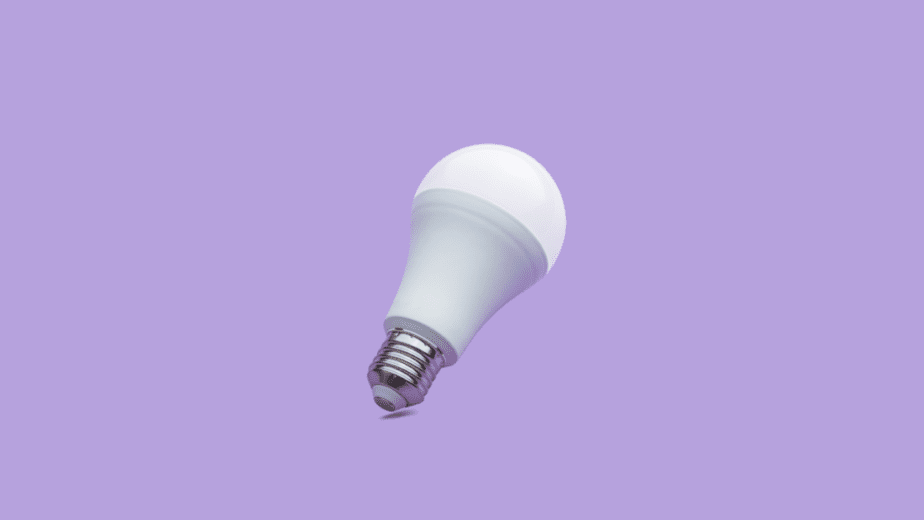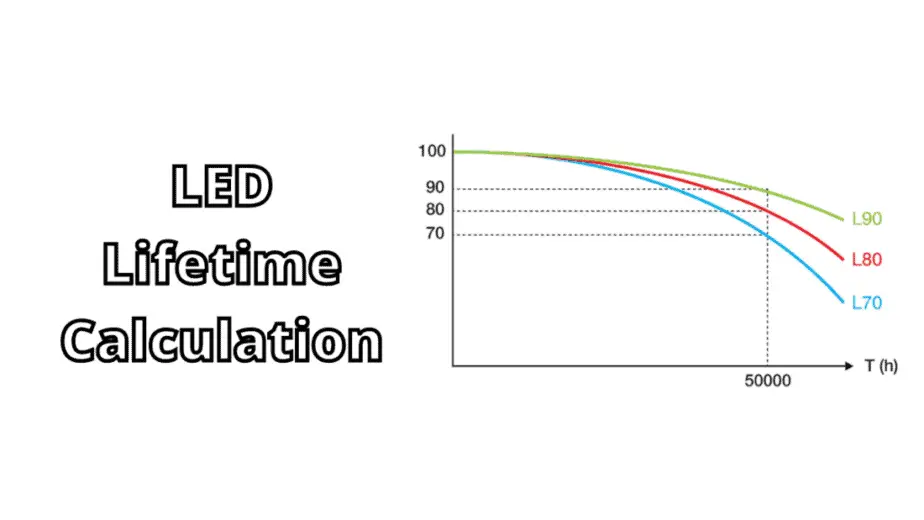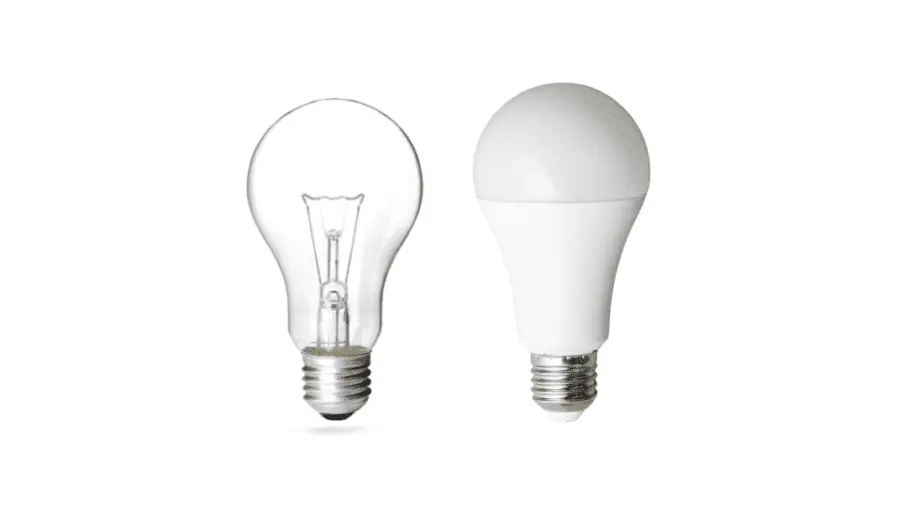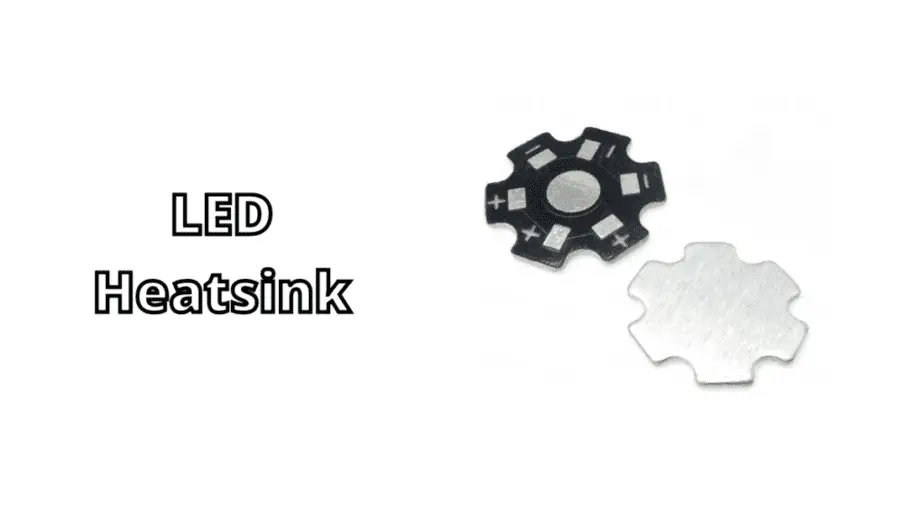Led lights are commonly used to provide ambient lighting in your rooms and sometimes in outdoor areas. The benefit to using led lights is that they are relatively cheaper and can provide a wide range of colors and shades to create the perfect environment for the user. They are also very sleek in design and can be placed on a multitude of surfaces. From walls to wires and even on branches, an led strip light is very versatile.
This raises the question, if it is so cheap and exhaustible, it must not be that durable. The led lifetime is very impressive. Most led strip lights are rated to have between 30,000 to 50,000 hours of use. To put that into context, you can use your lights for 10 hours a day for over 15 years!
Now obviously in a realistic environment, the lights do not always last as long. Many environmental aspects may damage the light, wire, or circuitry. In general, you should be expecting those hours if you manage to not damage the led light. If so, the led lifetime will surpass all your expectations.

What Is the Average Life Expectancy?
On average, under suitable conditions, your led lifetime should be in the range of 40,000 hours. With the addition of real-world hazards like rain, outages, and any other kind of physical damage, the led lifetime might be reduced drastically. However, the average usage hours should serve you enough to not worry about the lights malfunctioning without any external damage.
How Is LED Lifetime Calculated?
LED lights do not die out. Instead, the light that is emitted gradually dims to the point where the human eye can detect a genuine difference. A notation is used to determine this point of difference in light emission. LLMF70 is the industry standard. It stands for: Lamp Lumen Maintenance Factor. The calculation of a led lifetime is done through this notation. When the output arrives at 70% of the initial output of the bulb, the lifetime is determined.
For example, if the L70 means that a standard led will have 50,000 hours of usage before it reaches 70% of its initial output, at which point you can physically see the output being difference from before.
LED light output decreases over time. The notation of L70 or L50 is used for led lifetime because it was determined through research from The Alliance for Solid-State Illumination Systems and Technologies (ASSIST) that this was the point where the difference is noticeable.

Factors That Affect the LED’s Lifetime
The led lifetime in lab testing can show hours that may seem inflated. In reality, there are a lot of factors that affect the led lifetime which you may face when you use an led light yourself. Some common factors that you can notice and prepare for yourself are as follows:
Overall Usage: In simple terms, the more you use, the faster the led lifetime will deplete. This is not to say that you should avoid using your led unless absolutely necessary. Otherwise, what is the point of decorating your home! Just remember that it doesn’t hurt to be slightly conservative in using it for continued long hours.
Installation Aspects: The led lifetime also depends on how carefully and how secure the connection is. Also, it includes where you are installing it. For example, if you install your led lights in your room free from any environmental hazard, you can expect it to last a lot longer than if it was installed in your outdoor area. Moreover, any dodgy power output will cause harm to the circuit and reduce led lifetime.
Quality of Diodes: This is more of a quality problem. It depends on the brand of light you purchased and how good the quality of their production is. A higher quality diode will last longer.
Electrical Stresses: If the light is constantly turned on and off, the continuous power input and output will cause stress on the diode and the circuit. This may significantly lower the led lifetime. Do not constantly turn on and off the led light. They are designed to run longer instead of being off and on constantly.
LEDs vs. Incandescent Bulbs: How Long Do They Last?

An incandescent bulb is your regular bulb with a filament inside the vacuum of the capsule. It works by heating the filament, which results in the filament dispersing the heat as light. It is not as efficient and are slowly being phased out for more efficient and energy saving alternatives.
Compared to an LED light, the led lifetime is almost 30 times that of an incandescent bulb. A general incandescent light lasts for around 1,000 hours. The most generic led light can outlive that by at least 30 times lasting for around 30,000 hours. Even compared with fluorescent lights, led lifetime is still around 10 times as much.
Even comparing efficiency, an led light is dispersing light and heat in a singular direction. An incandescent bulb spreads light all around it. This causes a large amount of the energy to be wasted.
How To Make An LED Lights Long Lasting
You may want to put some effort into making your led lights last longer. In such cases, you should focus primarily on the following aspects.
Heatsink: Any electrical device when in use will produce heat. A proper heatsink will help dissipate the heat and keep the device working efficiently and without issue. The buildup of heat will dramatically reduce the lifespan and working capacity of devices, including led light. To protect the led lifetime, try to make sure the heatsink is of a good quality.

Capacitors: A capacitor will store electrical energy and output those when turned on. If the capacitors are constantly in use, it will wear down. So, avoid constantly using the device and turn it off when you are not using it
Environment: The led light can be used to decorate outside areas in your home, like your garden. You have to keep in mind that environmental hazards like insect attacks, weather, deterioration etc. will lower the led lifetime. So, choose wisely where you want to install your led lights.
Can LED Lights Be Replaced
A downside of integrated led lights is that, the lights are soldered on the circuit and multiple circuitry runs through multiple diodes in series. As a result, it is really difficult and not worth the effort in replacing individual led lights. It is better to change the entire set since they will provide you with a huge service time of up to 50,000 hours in ideal conditions.
FAQ
How long do LED lights really last?
LED lights have an impressive lifespan, typically lasting between 25,000 to 50,000 hours. This translates to around 11 years of continuous use or up to 22 years if used for around 6 hours daily.
How often should LED lights be replaced?
LED lights don’t need frequent replacements due to their long lifespan. Generally, they might need replacement after a decade or more of continuous use, depending on the manufacturer’s specifications and how frequently they’re used.
How long can LED lights stay on continuously?
LED lights can stay illuminated continuously for thousands of hours. Many LED manufacturers rate their bulbs for 25,000 to 50,000 hours of use, which equates to several years of continuous operation.
Can LED lights last all night?
Yes, LED lights have the potential to stay on all night. With their long lifespan, they can handle continuous use for many hours, making them suitable for overnight lighting in various settings without quickly burning out.
Final Words
Many of you might’ve considered led lights to not be really durable. However, LED lifetime is a lot longer than that of a incandescent bulb or even a fluorescent light. Led lights are more energy efficient and also a lot more compact than other choices. As technology advances, so will the efficiency of lights and lifetimes.
Related Articles…
3000K vs 4000K – What’s The Actual Difference?
Just in case you are wondering which light will be suitable for your home setting then you must have a look at the 3000K vs 4000K article…

My strong expertise is illuminating spaces. With a keen eye for detail and a passion for transforming environments through lighting, my dream is to leave indelible mark on the world of light design. Below are few facts of my biography, highlighting career and hobbies. Click here to contact me.
